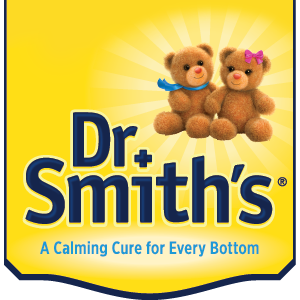Top Five Triggers for Diaper Rash
When skin in the diaper area is exposed to moisture for too long, it can develop an irritation called diaper rash. In general, the drier a baby’s diaper area is, the more likely you’ll be able to prevent diaper rash. Still, there are certain diaper rash triggers to keep in mind:
- Getting older. Diaper rash gets more common when babies reach 9-12 months. A few things happen at this age. Babies sit up longer and move more, causing their skin to press harder against diapers, and possibly chafe. Also, babies eat more solid foods around this age, which can also trigger diaper rash.
- Having diarrhea. Diaper rash is all about extra moisture, which can irritate skin even more.
- Taking medicine. Some kinds of medication come with diarrhea as a possible side effect. If your baby is taking antibiotics or other kinds of medicine, be on the lookout for possible diaper rash.
- Chafing diapers. Babies grow fast. When their diapers start to fit a little too snugly, wetness accumulates faster and diapers rub against skin more.
- No air. Skin needs to breathe. When babies wear diapers all the time, even natural moisture from their warm skin can cause enough wetness to irritate the diaper area.
Diaper Rash and Teething
When babies start teething, they can get pretty slobbery. All of that extra saliva ends up in their tummies and works its way into their stools, making them wetter. Since diaper rash has everything to do with extra wetness against baby’s skin, teething can be a special time to look out for diaper rash. As if teething itself wasn’t painful enough.
Diaper Rash and Solid Foods
Solid foods can really mess with a baby’s digestive system. As babies are introduced to new solid foods, the composition of their output changes. Some foods, like tomatoes or strawberries, have more acid, which can affect baby stools and irritate skin more than other kinds of foods. Every baby is different, and that’s why it’s good to wait a few days between introducing new solid foods. That way, you can find out how your baby’s system, and skin, will react.
Sensitive Skin
Babies have sensitive skin anyway, but some babies are more sensitive than others. Take extra care working around diaper areas of babies with sensitive skin. They’ll be more prone to diaper rash and will need more soothing along the way as they heal.
